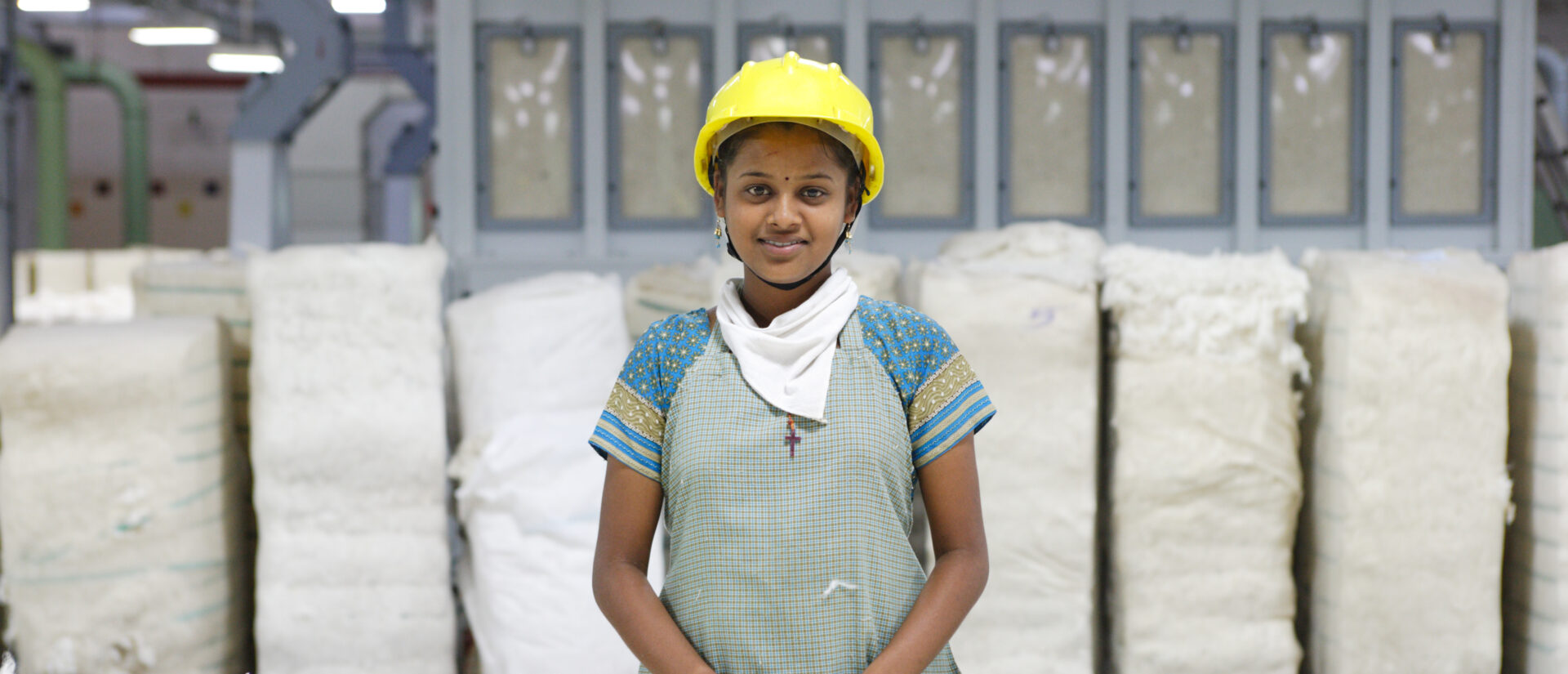
Time for transparency in the garment industry
In recent years, the Centre for Research on Multinational Corporations (SOMO) and the India Committee of the Netherlands (ICN) conducted research into labour rights abuses in the textile and garment industry in Tamil Nadu, India. It became clear that the linkages between the investigated manufacturers and their clientele are very complex, and difficult to unravel.
Local factories, well-known clothing brands and retailers only rarely make public who their business partners are. It is difficult to find out where exactly clothing brands source their products. Even though, according to international guidelines, enterprises have to map their supply chain and make this information accessible to stakeholders, most companies simply do not come forward with this kind of information. In the latest paper on the Indian textile industry, ‘Time for Transparency’, SOMO and ICN(opens in new window) elaborate on why the garment industry has to become more transparent. In addition, SOMO and ICN show buyer-supplier connections within the industry that normally remain hidden for consumers and other stakeholders.In the garment and textile industry in Tamil Nadu, forced labour, child labour, long working days, mandatory overtime, caste discrimination and unsafe working conditions are common. Even though this has been known for years, manufacturers and buyers only reluctantly started taking steps to improve the situation when research by SOMO, ICN and others directly linked them to these deplorable practices. It is of crucial importance for labourers, and the organisations representing them, that information about buyer-supplier relations is available. This will allow them to challenge buyers with regard to their responsibility to address the problems in their supply chain.
The United Nations Guiding Principles for Business and Human Rights (UNGP) effectively clarify that enterprises have a responsibility to respect human rights. These principles build upon the notion of due diligence. This means that companies need to proactively look into the human rights risks of their activities, including their supply chain and business relations. Also, they need to develop strategies to address these risks. This means that enterprises should publish information on their corporate structure, on the suppliers they work with and what risks are involved. It also means that they should list what actions they undertake to address and mitigate these potential risks. The quality of the provided information is crucial.
After the publication of SOMO and ICN’s report Maid in India (April 2012, about the exploitation of young Dalit girls in the Indian clothing industry), the Dutch House of Representatives passed a resolution that calls for supply chain transparency and elimination of child labour in the garment sector. According to the Dutch garment industry, there are certainly problems in the supply chain, but they argue that enforced disclosure of suppliers would not contribute to improvements. To act on the parliamentary resolution, Dutch business associations for the textile and garment sector are currently developing an action programme. Civil society organisations, including SOMO and ICN, have been invited to contribute their ideas. SOMO and ICN state that far-reaching supply chain transparency is an essential condition for such an action programme. In the Time for Transparency paper, SOMO and ICN elaborate on the reasons for enhanced transparency and specify what kind of information needs to be made available.
Partners
Related content
-
Time for Transparency Published on:
 Pauline OvereemPosted in category:Publication
Pauline OvereemPosted in category:Publication Pauline Overeem
Pauline Overeem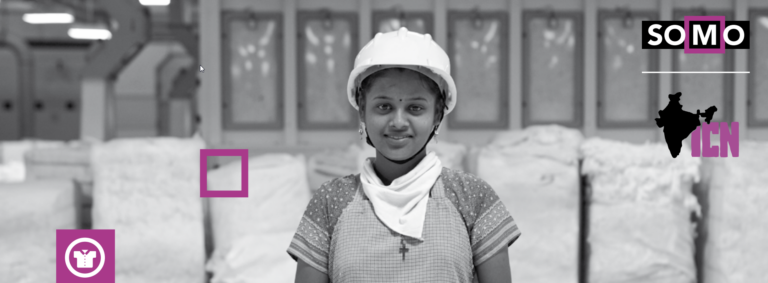
-
Maid in India Published on:
 Pauline OvereemPosted in category:Publication
Pauline OvereemPosted in category:Publication Pauline Overeem
Pauline Overeem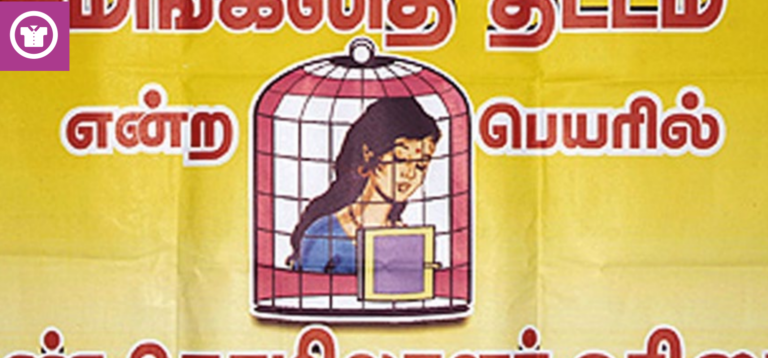
-

-
 Martje TheuwsPosted in category:Publication
Martje TheuwsPosted in category:Publication Martje Theuws
Martje Theuws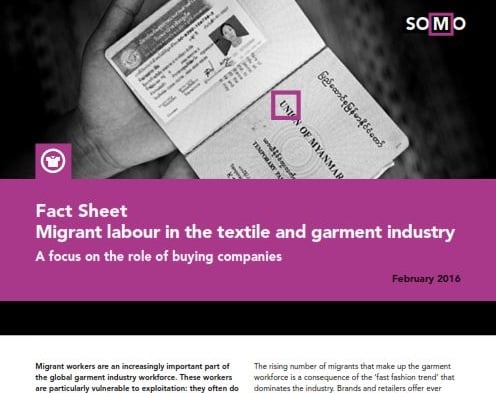
-
 Pauline OvereemPosted in category:Publication
Pauline OvereemPosted in category:Publication Pauline Overeem
Pauline Overeem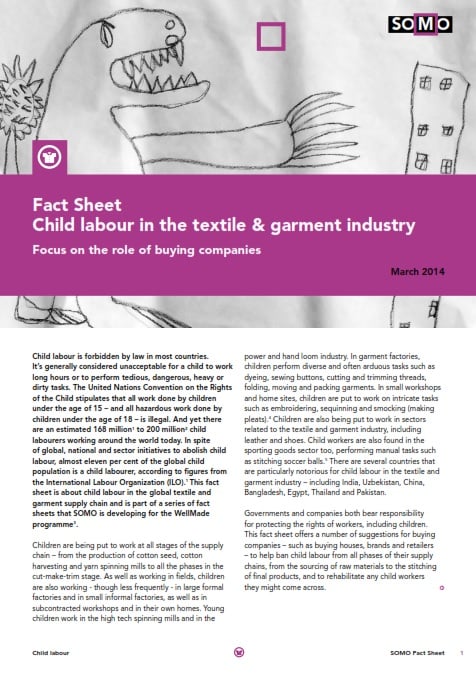
-
Fact Sheet: Unsafe Garment Factory Buildings Published on:
 Pauline OvereemPosted in category:Publication
Pauline OvereemPosted in category:Publication Pauline Overeem
Pauline Overeem
-
 Martje TheuwsPosted in category:Publication
Martje TheuwsPosted in category:Publication Martje Theuws
Martje Theuws
-
 The hidden human costs linked to global supply chains in ChinaPosted in category:News
The hidden human costs linked to global supply chains in ChinaPosted in category:News Joshua RosenzweigPublished on:
Joshua RosenzweigPublished on: -
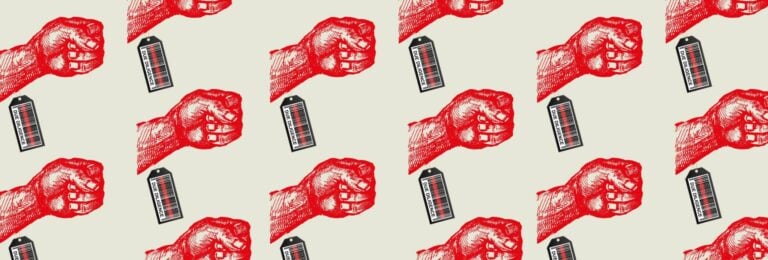 Major brands sourcing from China lack public policies on responsible exitPosted in category:News
Major brands sourcing from China lack public policies on responsible exitPosted in category:News Joshua RosenzweigPublished on:
Joshua RosenzweigPublished on:

